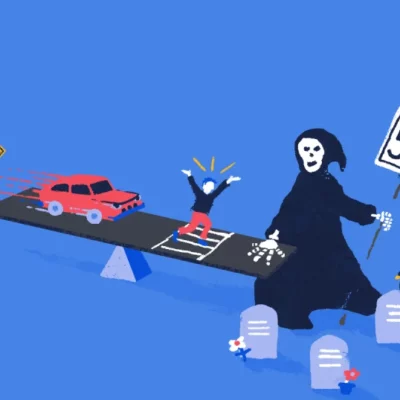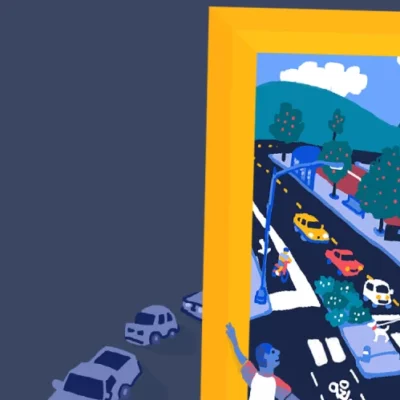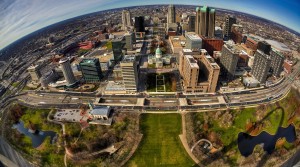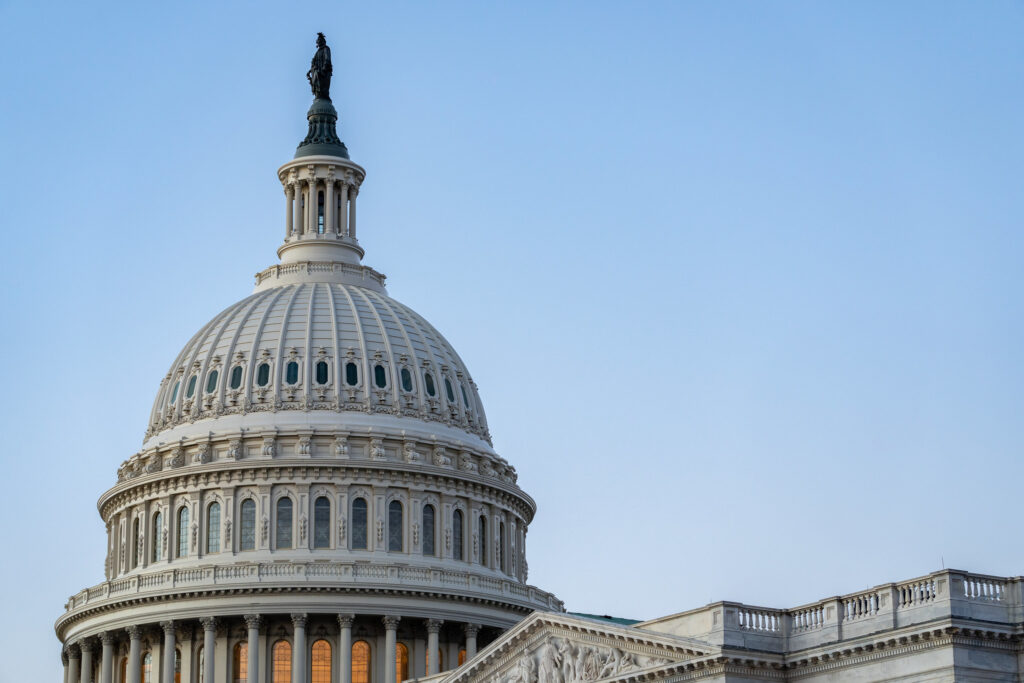
Biden/Sanders Unity Task Force report falls short on climate
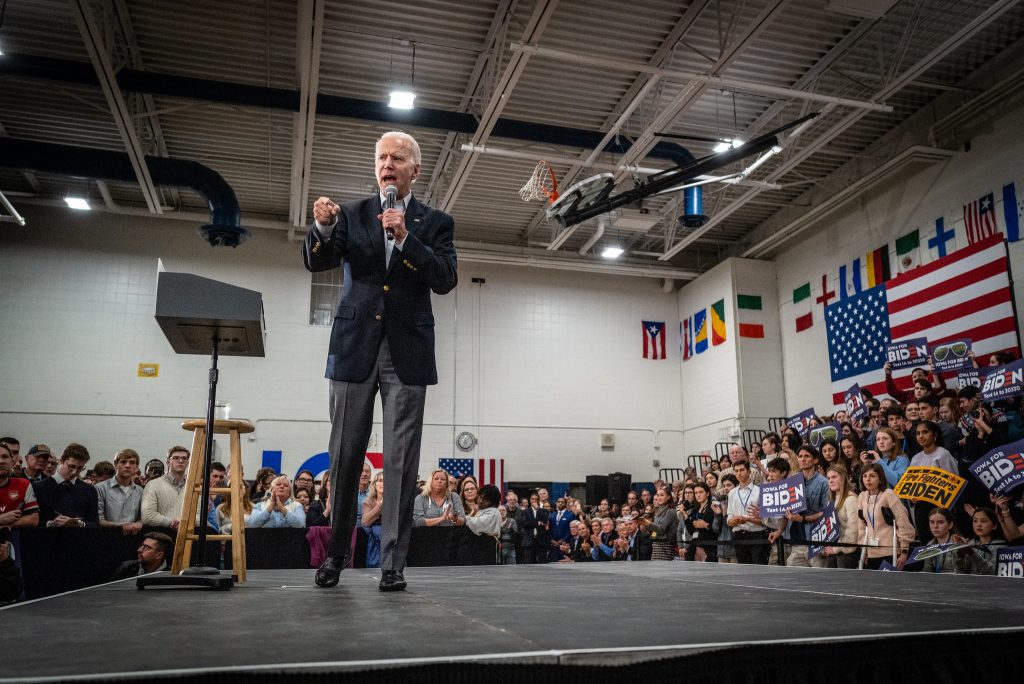
Last week, Joe Biden’s presidential campaign jointly released policy recommendations across a range of issues in partnership with Bernie Sanders supporters through a Unity Task Force. Climate change takes a prominent role in the 110-page report, but the proposal fails to call for the comprehensive changes needed to address transportation emissions. Here’s how the Unity Task Force recommendations fall short, particularly in comparison to the House’s new climate blueprint and the INVEST Act.

We evaluated presidential candidates’ climate plans last November based on how well they address transportation emissions, and in February we scored their transportation proposals against our three guiding principles. Most candidates were heavily focused on promoting electric vehicles and strengthening fuel efficiency standards. Fewer offered concrete goals and targets for (or even addressed) the need to reduce driving by making it safer to walk and bike for short trips, making transit more convenient, supporting passenger rail, and prioritizing maintenance over road expansion projects that induce more traffic.
So how does the Unity Task Force’s proposal compare to its predecessors in addressing climate and transportation? It largely follows in the same footsteps, with nods to investing in transit and passenger rail but no acknowledgement of the need to reform the base national transportation program that has produced communities where transit can’t serve people well. While the report includes brief language on the need to prioritize allocating transportation funds to transit and pedestrian and bicycle infrastructure, it says nothing about reforming the policies that prioritize car travel and congestion reduction above all else—policies that make it inconvenient, dangerous, or impossible to travel outside a car in much of the US.
| Candidate | Electrify vehicles | Reduce driving | Promote bikeable/walkable communities | Invest in transit | Support passenger rail |
|---|---|---|---|---|---|
| Biden's Unity Task Force | Support “cash-for-clunkers” style approaches to incentivize accelerated adoption of zero-emission passenger vehicles. Provide incentives for manufacturers to build new factories or retool existing factories in the United States to assemble zero-emission vehicles or manufacture charging equipment. | “Encourage states to prioritize allocation of transportation funds for public mass transit, and pedestrian and bicycle infrastructure, and ensure transportation options and infrastructure meet the needs of tribal, rural, and urban communities to fully participate in zero-emissions transport.” | “Encourage states to prioritize allocation of transportation funds for public mass transit, and pedestrian and bicycle infrastructure, and ensure transportation options and infrastructure meet the needs of tribal, rural, and urban communities to fully participate in zero-emissions transport. Make major improvements to public transit and light rail. Preserve and grow the union workforce within the rail, transit and maritime sectors.” “We commit to public transportation as a public good, including ensuring transit jobs are good jobs.” | Invest in high speed passenger and freight rail systems, while reducing pollution, helping connect workers to quality jobs with shorter commutes, and spurring investment in communities more efficiently connected to major metropolitan areas and unlocking new, affordable access for every American. | |
| Biden, circa November 2019 | 500,000 new public charging outlets by the end of 2030 and restore the full electric vehicle tax credit. | Altering local regulations to eliminate sprawl and allow for denser, more affordable housing near public transit would cut commute times for many of the country’s workers while decreasing their carbon footprint. | Communities across the country are experiencing a growing need for alternative and cleaner transportation options, including transit, dedicated bicycle and pedestrian thoroughfares, and first- and last-mile connections. | Ensure that America has the cleanest, safest, and fastest rail system in the world and will begin the construction of an end-to-end high speed rail system that will connect the coasts. | |
| Sanders, circa November 2019 | 100 percent electric vehicles powered with renewable energy. | For too long, government policy has encouraged long car commutes, congestion, and dangerous emissions. Create more livable, connected, and vibrant communities. | $300 billion investment to increase public transit ridership by 65 percent by 2030. | $607 billion investment in a regional high-speed rail system. |
Check out how we scored Democratic candidates like Senator Warren and Andrew Yang on climate in this November 2019 blog
We can’t “prioritize” transit, biking, and walking without addressing the underlying problems with our highway program
As we said when we evaluated Biden’s transportation plan back in February, layering good programs on top of a program that causes the problems isn’t smart policy. We can’t simply invest more in transit on top of our current highway program and expect to see the emissions results we want, let alone by simply “encouraging” states to invest more in transit as the report calls for. Likewise, just investing more in pedestrian and bicycle infrastructure won’t be enough to make it safer to bike and walk. Adding a bike lane to a dangerous high-speed, car-oriented corridor running through a community without making any other changes to reduce speeds isn’t giving more Americans the option to bike. And investing more in transit in a community where you have to wait for the bus on a busy road with nowhere to cross safely won’t bring us closer to making transit a public good as the Task Force envisions.
We need to come to grips with the legacy of our highway system and fix the problem. We have invested in transportation for decades in ways that are bad for the climate and disproportionately harm low-income people and people of color, and we’ll continue to see the same results until we change the underlying policies that have led to those investments.
A far cry from stronger recent proposals from the House
It is disappointing to see recommendations from Biden and Sanders’ task force that do so little to change the status quo, especially on the heels of much stronger and more comprehensive reforms proposed by the House. The House Select Committee on the Climate Crisis recently released a comprehensive legislative blueprint for tackling climate change that takes a much wider view—prioritizing repair, safety, and access in a holistic approach to promote more transit, biking, and walking and reduce the need to drive. The INVEST Act, recently passed by the House as part of the Moving Forward Act, introduced significant reforms to our core national transportation program along similar lines to those recommended by the Select Committee that could have far-reaching impacts for climate if adopted.
By contrast, the Unity Task Force report does not address reforming current federal transportation policy at all. Here are some specific ways it falls short by comparison:
1) No acknowledgement of the need to stop building needless new roads at the expense of maintenance
Unlike the Unity Task Force report, the House Select Committee’s blueprint calls for changes to our core highway program, including prioritizing maintenance over new road infrastructure. The INVEST Act would put requirements in place to hold states more accountable to doing so. While prioritizing repair may not be intuitive climate policy, it would make a huge difference in stemming the trend of inducing more driving and more emissions. The nation’s roads are deteriorating, contributing to a looming financial problem, yet states consistently underinvest in maintenance and build new roads instead. We have talked previously about how a 1 percent increase in lane miles can result in a 1 percent increase in vehicle miles traveled.
2) Lacks the focus on safety necessary to actually make walking, biking, and transit viable
As we discussed above, dangerous streets and disconnected communities pose a major barrier to taking short trips by walking and biking in many communities, and those same dangerous conditions can make it difficult or impossible to reach transit. The House Select Committee’s blueprint recommends requiring states to use Complete Streets and context-sensitive principles and makes numerous recommendations throughout to prioritize funding for walking and biking. The INVEST Act also takes a comprehensive approach to prioritizing safety. The Unity Task Force report does not address transportation safety at all.
3) Nothing on measuring outcomes that matter for climate change
The House blueprint recommends creating a new performance measure for greenhouse gas emissions, requiring states and metro areas to measure emissions and then create plans for lowering them, as does the INVEST Act. This is a major shift, and it will lead to significantly different outcomes if states are truly held accountable to these measures. The Unity Task Force’s report does not include any recommendations for measuring outcomes that matter for climate, nor does it propose any concrete goals for reducing transportation sector emissions.
These are all major blindspots in the Unity Task Force report. We must address the problems embedded in federal transportation policy to reduce transportation emissions and make our transportation system work for everyone, and it seems like Biden and Sanders still don’t understand this.
